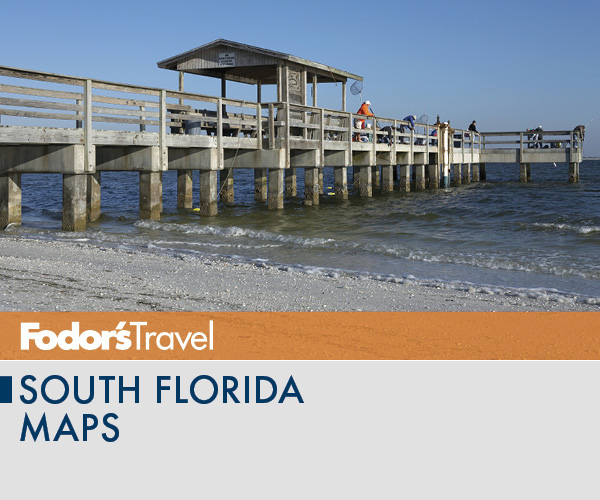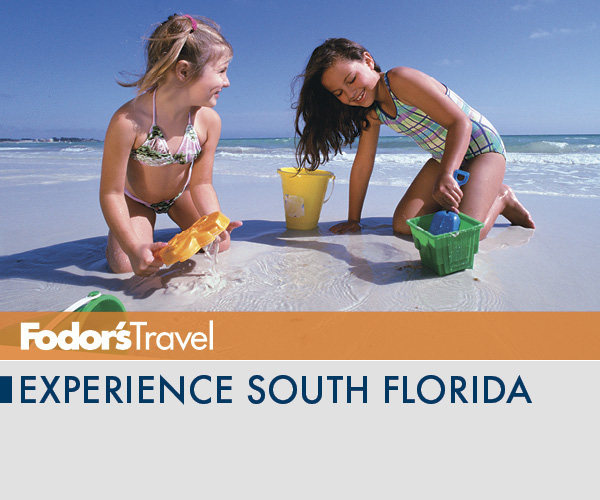South Florida is a year-round vacation venue, but it divides the calendar into regional tourism seasons. Holidays and school breaks are major factors. However, the clincher is weather, with the milder months being designated as peak periods.
High season starts with the run-up to Christmas and continues through Easter. Snowbirds migrate down then to escape frosty weather back home, and festival-goers flock in because major events are held this time of year to avoid summers searing heat and high humidity. Winter is also the time to visit the Everglades, as temperatures, mosquito activity, and water levels are all lower (making wildlife easier to spot).
Florida is rightly called the Sunshine State, but it could also be dubbed the Humid State. From June through September, 90% humidity levels arent uncommon. Nor are accompanying afternoon thunderstorms; in fact, more than half of the states rain falls during these months, although these afternoon showers usually pass as quickly as they arrive. Floridas two-sided coastline also makes it a target for tropical storms. Hurricane season officially begins June 1 and ends November 30.
Florida is synonymous with sunshine: every year, more than 80 million visitors revel in it. However, the people who live herea diverse group that includes Mouseketeers, millionaires, and rocket scientistsknow that the states appeal rests on more than those reliable rays.
Food, Glorious Food
Geography and gastronomy go hand in hand in Florida. Seafood is a staple almost everywhere, yet the way it is prepared changes considerably as you maneuver around the state. In South Florida, menus highlight Floribbean cuisine, which marries Floridian, Caribbean, and Latin flavors (think mahimahi with mango salsa), while inland, expect catfish, gator tails, and frogs legs, all of which are best enjoyed at a Cracker-style fish camp with a side order of hush puppies. A trip to the Miami area is not complete without a taste of Cuban food. The cuisine is heavy, with pork dishes like lechon asado (roast suckling pig) but also arroz con frijoles (the staple side dish of rice and black beans) and arroz con pollo (chicken in sticky yellow rice). Key West is a mecca for lovers of Key lime pie and conch fritters. Stone-crab claws can be savored from October through May.
The Arts
Floridians celebrate the arts year-round. Miami Beachs annual Art Basel festival draws 40,000 art lovers to town in the first week of December. Meanwhile, every April the Palm Beach International Film Festival hosts documentaries, shorts, and feature films. Its easy to catch a bit of bluegrass, country, classical, jazz, blues, or Americana with such festivals as the week-long SunFest in West Palm Beach, or hear some of the nations best jazz performers at the annual Hollywood Jazz Fest. Miamis ArtCenter South Florida is dedicated to incubating Floridas cultural life with programs for emerging artists of all ages. The oral tradition remains vibrant with the South Florida Storytelling Project, where live readings, storytelling slams, and festivals are free and open to the public through Florida Atlantic University in Boca Raton.
Water, Water Everywhere
Spanish explorer Ponce de Len didnt find the Fountain of Youth when he swung through Florida in 1513. But if hed lingered longer, he could have located 7,700 lakes, 1,700 rivers and creeks, and more than 700 springs. Over the centuries these have attracted American Indians, immigrants, opportunists, and countless outdoor adventurers. Boaters come for inland waterways and a 1,200-mile coast, and anglers are lured by more than 700 species of fish. (Florida claims 4,780 past and present world-record catches, so concocting elaborate fish tales may not be necessary.) Snorkelers and divers eager to see what lies beneath can get face time with the marine life that thrives on the worlds third-largest coral reef or bone up on maritime history in underwater archaeological preserves ( www.museumsinthesea.com ). Back on dry land, all those beaches are pretty impressive, too.























